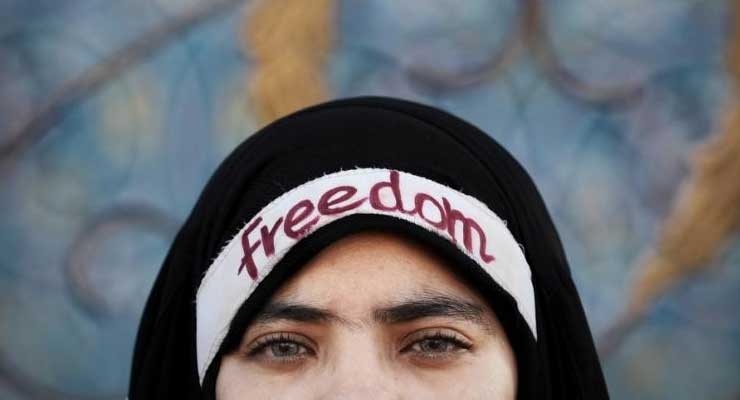
Analysis takes a look at Israel, West Bank, Gaza Strip democracy developments over the last year
Democracy, elections and voting at Democracy Chronicles
From Freedom House:
In advance of the Israeli elections next week, Freedom House has released the Freedom in the World narrative reports for Israel, the West Bank, and the Gaza Strip. 2014 was marked by a 50-day conflict in July and August in which Israeli forces battled Hamas militants based in the Gaza Strip. The reports provide an in-depth look at developments in Israel, the West Bank, and the Gaza Strip over the past year.
Israeli-Palestinian peace talks broke off at the end of April 2014, with no agreement reached after nine months of U.S.-brokered negotiations. Escalating violence in June—including murders of Israeli and Palestinian civilians and rocket fire from Gaza—culminated in Operation Protective Edge, a 50-day conflict in July and August in which Israeli forces battled Hamas militants based in the Gaza Strip. The fighting killed some 2,200 people, nearly all of them in Gaza.
In December, growing policy differences within Israel’s coalition government led Prime Minister Bejamin Netanyahu of the right-leaning Likud Party to dismiss cabinet ministers from the centrist Hatnuah and Yesh Atid parties and call for early elections. The voting was scheduled for March 2015.
In 2014, the Fatah-led Palestinian Authority (PA) in the West Bank continued to operate without an electoral mandate or a functioning legislature. Negotiations aimed at repairing its seven-year-old rift with the Hamas regime in Gaza led to an agreement in April, followed by the announcement of a unity cabinet in June. However, a September pact on the terms by which the unified PA government would take control in Gaza had yet to be implemented at year’s end.
Meanwhile, nine months of U.S.-mediated peace talks between the PA and Israel broke off in April, with the Israeli side citing the planned inclusion of Hamas in the PA unity government. Settlement activity and sporadic violence continued, including the tit-for-tat abduction and murder of Israeli and Palestinian youths before the July–August military conflict between Israel and Hamas in Gaza, known as Operation Protective Edge. The abductions triggered an Israeli military crackdown in the West Bank beginning in June.
The Gaza Strip was the focus of fighting in a 50-day conflict in July and August 2014 between Israeli forces and Hamas militants, dubbed Operation Protective Edge by the Israeli military. More than 2,100 Palestinians were killed, including an estimated 1,500 civilians. Sixty-six Israeli soldiers were also killed, as were seven civilians in Israel.
In addition to the devastating effects of the war, Gaza residents continued to face serious restrictions on press freedom and other civil liberties throughout 2014. Negotiations aimed at repairing the seven-year-old rift between Hamas in Gaza and the Fatah-led Palestinian Authority (PA) in the West Bank made limited progress during the year. While a new unity government was announced in June, at year’s end it had yet to take effective control in Gaza or merge the two bureaucracies.
Leave a Reply